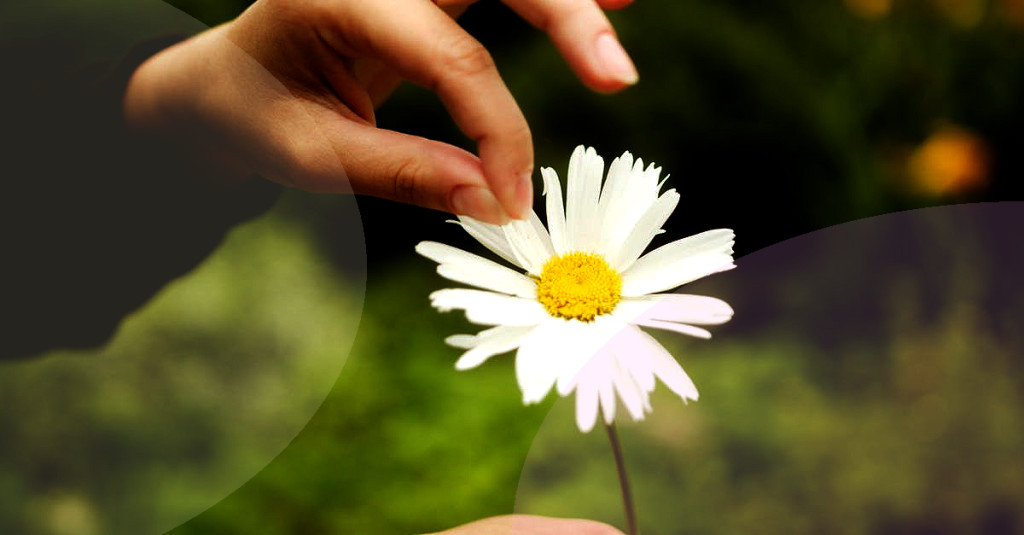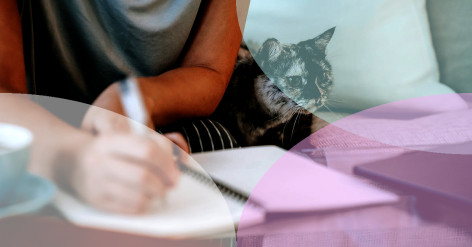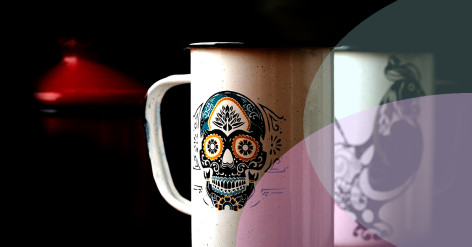Knitting a Simple Scarf: How-To Guide for Beginners

Picking Up Your Tools: What You Will Need

Have you ever admired someone's pretty, handmade knitted scarf and wondered if you could do it yourself? Well, I have good news for you. You can! And, even better, it's not as complicated as it might seem. This newbie-friendly guide will walk you through each step to create your own warm, custom scarf!
Note: This tutorial is ideal for anyone seeking to dip their toes into the world of knitting. It assumes no prior experience â so absolute beginners are welcome!
Securing the First Stitch: Beginner's Cast On
First things first, let's gather the materials necessary for our scarf.
-
Knitting Needles - I recommend size 8 (5mm) for beginners. This is a medium size which is perfect for practicing your basic stitches.
-
Yarn - A medium weight yarn (Size 4) is a great start for a scarf. The yarn label will have this information. You Need about two skeins. Here is a link to an affordable, beginner-friendly yarn.
-
Scissors - Any scissors would do, but having a pair dedicated for yarn is a great addition to your toolkit.
-
Darning Needle - To finish off the scarf.
Feel the Rhythm: The Knit Stitch
The first step in any knitting project is the cast on. This is how you get stitches onto your needle.
-
Make a slipknot on the knitting needle.
-
Hold this needle in your right hand and the empty one in your left.
-
With the needle in your right hand, go into the slipknot stitch from left to right.
-
Bring the yarn from the ball over the needle in your right hand from back to front.
-
Bring the right-hand needle back through the stitch to the front of the loop, bringing the yarn with it.
-
Slip the original loop off the left-hand needle, which will let the new loop you made remain on the right-hand needle.
Closing the Loop: Casting Off

The knit stitch is a foundation of knitting. Here are its steps:
-
Insert your right needle into the front of the first stitch on the left needle, coming from left to right and going below the left needle.
-
Wrap your yarn around the right-hand needle, counterclockwise.
-
With your right needle, pull the wrapped yarn through the stitch on your left needle, making a new loop on the right needle.
-
Slip the stitch on the left needle off, leaving the new stitch on your right needle.
Repeat these steps until you have knit every stitch on the left needle.
Added Enhancements: Scarf Care and Storage
Once your scarf has reached the desired length, it's time to cast off. This process prevents your knitting from unraveling.
To cast off, knit two stitches onto your right needle. With your left needle, pull the first stitch over the second one and off the needle. Repeat these steps until you're left with just one stitch. Cut your yarn, leaving a 6-inch tail, and pull it through this last stitch.
Congrats! You've just knitted your first scarf.
From Novice to Knitting Whiz: Continuous Learning

Taking good care of your handmade scarf guarantees its longevity. Remember to wash it with mild detergent, avoiding bleach or harsh chemicals. Dry it flat rather than hanging to keep the shape. While not in use, store it in a breathable cotton bag, steering clear from plastic storage bins.
Knitting a simple scarf is only the beginning of your potential knitting adventures. As you grow comfortable with the basic stitches, I encourage you to tackle more complex patterns. Resources like Ravelry can offer you a wealth of knitting knowledge, patterns, and a robust community of knitters.
Don't get discouraged if you make mistakes along the way. Every stitch, knit and knit again, is a stitch towards perfecting your craft. Remember, even the most accomplished knitter was once a beginner.
Happy Knitting!





